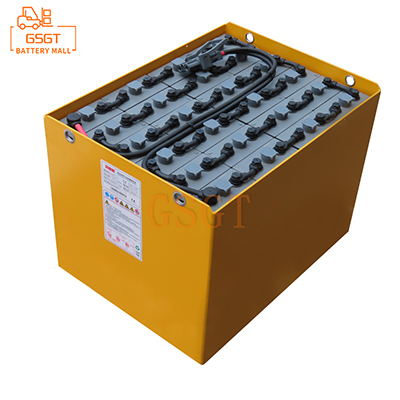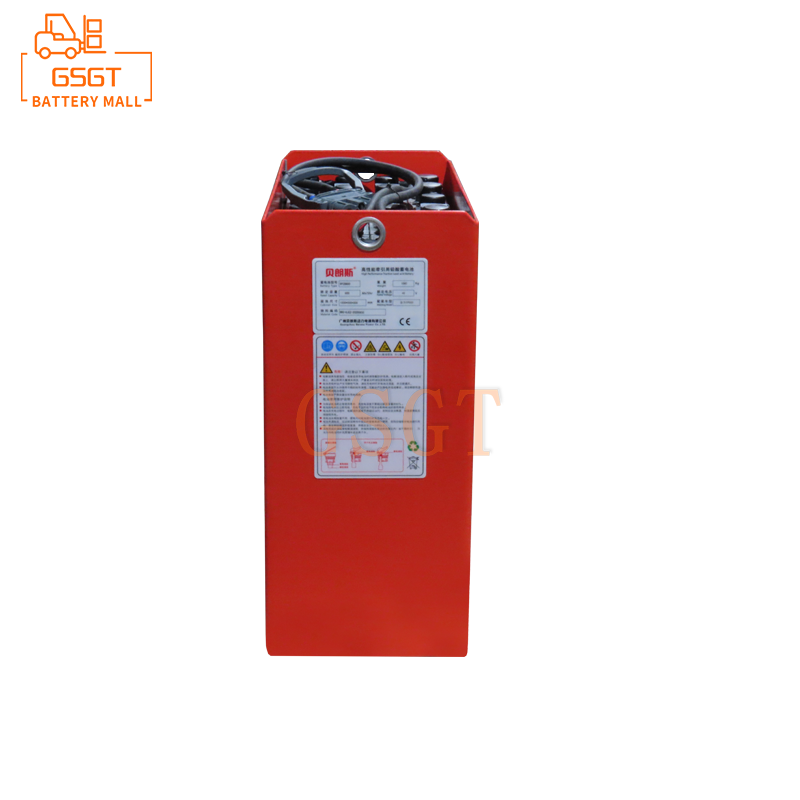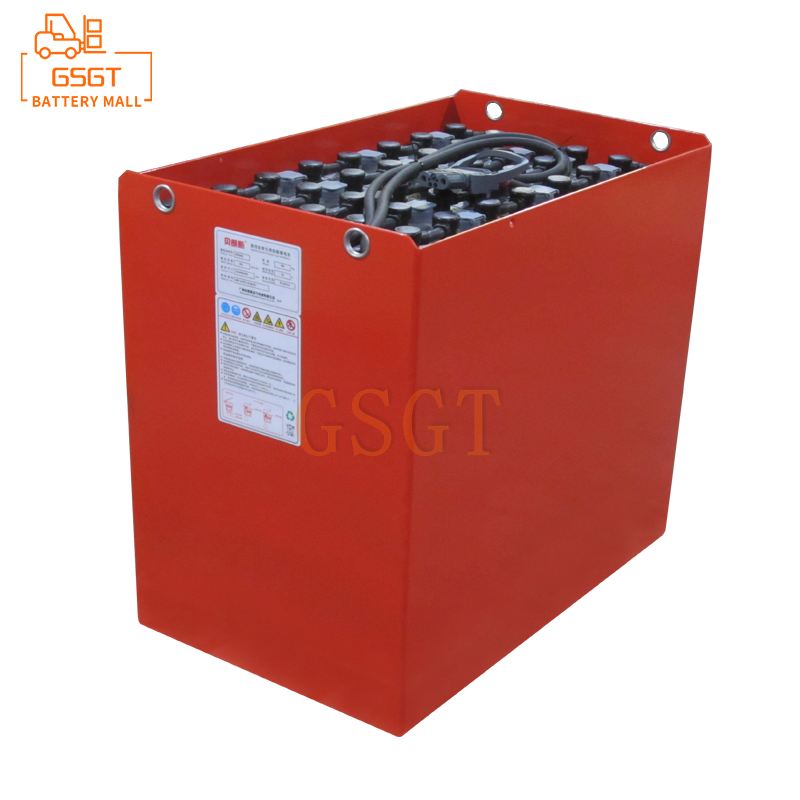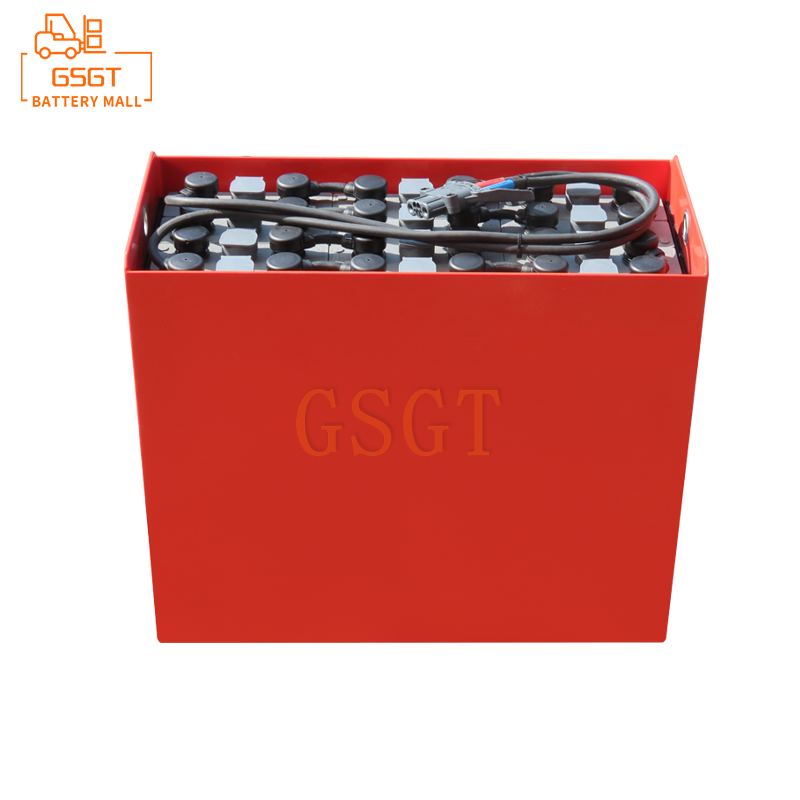Time:2025-03-18 14:03:47
Browse:600
Introduction
Lead-acid battery with its mature technology, low cost, good high and low temperature performance and other advantages, widely used in automotive start-up, communication base station backup power supply, energy storage system and many other fields. However, in the actual use process, the failure of the lead-acid battery is more common, which not only affects the normal operation of the equipment, but also increases the cost of use. It is of great significance to investigate the cause of lead-acid battery failure and formulate corresponding countermeasures for prolonging battery life and improving system reliability.
1. Overcharge
### Reason analysis
During the charging process, when the battery has reached a fully charged state, if the charging device fails to terminate the charging in time and continues to apply voltage, it will cause overcharging. When overcharged, a violent gassing reaction occurs inside the battery, with the positive electrode producing oxygen and the negative electrode producing hydrogen. The large production of these gases will cause the pressure inside the battery to rise, accelerate the consumption of water, and the active material on the plate will also fall off due to excessive oxidation.
### Coping strategies
Choose a charger with intelligent charge management function, it can monitor the battery voltage, current and temperature and other parameters in real time, when the battery is close to full, automatically adjust the charging mode, using trickle charging and other ways to avoid overcharging. At the same time, the charger is calibrated and maintained regularly to ensure the accuracy of its charging parameters.
2. Overdischarge
### Reason analysis
Overdischarge occurs when the battery continues to discharge below the termination voltage. After the overdischarge of the lead-acid battery, a large amount of lead sulfate will be generated on the plate. These lead sulfate crystal particles are large and hard, which will block the micropores of the plate and hinder the contact between the electrolyte and the active substance, resulting in an increase in the internal resistance of the battery and a decrease in capacity. In addition, overdischarge may also cause irreversible vulcanization of the plate, which seriously affects the battery life.
### Coping strategies
In the equipment that uses the lead-acid battery, the undervoltage protection device is installed. When the battery voltage drops to the set minimum value, the discharge circuit is automatically cut off to prevent overdischarge. In addition, regular deep discharge and balanced charging of the battery help to remove the sulfide on the plate and restore part of the battery capacity.
3. Insufficient charging
### Reason analysis
The charging time is too short, the charging current is too small, or the charger output voltage is low, which may lead to insufficient battery charging. Long-term insufficient charging, the active substance on the battery plate can not be fully converted, will gradually form irreversible lead sulfate precipitation, so that the battery capacity gradually decay. In some use scenarios, such as frequent start-stop vehicles, the battery charging time is often not guaranteed, and it is easy to have insufficient charging problems.
### Coping strategies
According to the battery capacity and usage, reasonably adjust the charging time and charging current. For the battery that is in the state of floating charge for a long time, it should be equalized regularly to increase the charging voltage and extend the charging time so that the battery can be fully charged. At the same time, check the performance of the charger, and replace the charger with unstable output voltage or insufficient power in time.
4. Electrolyte dries up
### Reason analysis
A large amount of gas generated by overcharging takes away the water in the electrolyte, the ambient temperature of the battery is too high to accelerate the evaporation of water, and the electrolyte leakage caused by the poor seal of the battery will cause the electrolyte to dry up. After the electrolyte dries up, the internal ion conduction of the battery is blocked, the internal resistance of the battery increases sharply, and it can not be charged and discharged normally, and even lead to the plate burning in serious cases.
### Coping strategies
Ensure that the battery is used at the right temperature environment to avoid high temperature exposure. Periodically check whether the battery shell is damaged and the sealing rubber ring is aging, and repair or replace the faulty parts in time to prevent electrolyte leakage. For batteries that have lost water, an appropriate amount of distilled water or a special electrolyte supplement that meets the specifications can be added, and then charged and maintained.
5. Plate vulcanization
### Reason analysis
In addition to overdischarge will cause plate vulcanization, the battery in a long-term semi-discharge state, electrolyte density is too high, and the use of environmental temperature changes and other factors, will also promote plate vulcanization. After the plate is vulcanized, the surface will be covered with a layer of white hard lead sulfate crystal, which reduces the activity of the plate and seriously affects the charge and discharge performance of the battery.
### Coping strategies
By applying pulse current of specific frequency and amplitude to the battery, the lead sulfate crystal on the plate is crushed to re-participate in the electrochemical reaction. In daily use, keep the battery fully charged, avoid long-term shelving, regularly charge and discharge the battery, and maintain the electrolyte density in the normal range.
6. Battery short circuit
### Reason analysis
The partition between the plates inside the battery is damaged, resulting in direct contact between positive and negative plates, or conductive impurities inside the battery may cause a short circuit fault. Short circuit, the battery will generate a large current, rapid heating, resulting in battery shell deformation, electrolyte leakage, and even fire.
### Coping strategies
During the battery production and assembly process, the quality is strictly controlled to ensure the integrity and insulation performance of the separator. Periodically check the appearance of the battery. If abnormal conditions such as battery bulge or liquid leakage are found, remove the battery to check whether the internal short circuit exists. Once a short circuit is determined, the damaged component or the entire battery should be replaced.
7. Temperature effect
### Reason analysis
Lead-acid batteries are more sensitive to temperature. Under high temperature environment, the chemical reaction speed inside the battery is accelerated, the evaporation of electrolyte is intensified, and the plate corrosion speed will also be accelerated, resulting in shortened battery life. In low temperature environment, the viscosity of electrolyte increases, the ionic diffusion rate slows down, the internal resistance increases, the capacity decreases significantly, and the charge-discharge performance deteriorates.
### Coping strategies
In a high temperature environment, the battery is equipped with a cooling device, such as installing a cooling fan, using a water-cooled cooling system, etc., to control the operating temperature of the battery in the appropriate range (generally about 25 ° C). In a low-temperature environment, a heating device can be used to preheat the battery, or a charger with low-temperature compensation function can be used to appropriately increase the charging voltage to ensure normal charging and discharging of the battery.
8. Frequent high current charge and discharge
### Reason analysis
In some application scenarios, such as frequent rapid acceleration and sudden braking of electric vehicles, the battery will instantly withstand large current discharge; In the case of fast charging, the high current will quickly charge the battery. Frequent high current charge and discharge will cause the active substance on the battery plate to fall off quickly, the internal resistance of the battery will increase, and the capacity will decay rapidly.
### Coping strategies
Optimize the operation mode of the equipment to avoid frequent high-current charge and discharge operations. For example, in the process of driving an electric vehicle, maintain smooth driving, reduce rapid acceleration and sudden braking. For applications requiring fast charging, advanced charging algorithms are developed and adopted, such as segmented charging, constant current and constant voltage combination, etc., to control charging current and reduce damage to the battery.
9. Battery aging
### Reason analysis
As the use of time increases, the battery internal plate, electrolyte and other components will gradually age. The crystal structure of the active material on the plate changes, resulting in a decrease in activity. The components in the electrolyte will also gradually lose due to electrochemical reactions, and the chemical balance inside the battery will be broken, eventually leading to the deterioration of battery performance until failure.
### Coping strategies
The battery life monitoring mechanism was established to evaluate the aging degree of the battery by monitoring the battery capacity, internal resistance, charge and discharge curve and other parameters. When batteries age to a certain extent, replace them in a timely manner to prevent battery performance deterioration from affecting the normal running of devices. At the same time, in the battery selection, choose products with reliable quality and long service life.
10. Improper use
### Reason analysis
Including the battery installation is not firm, during the operation of the equipment by severe vibration, resulting in plate damage; Different capacity, different models or different batches of batteries mixed, so that the battery pack between the charge and discharge imbalance, accelerate battery failure; And do not follow the operating procedures specified by the battery manufacturer during use.
### Coping strategies
Standardize the battery installation process to ensure that the battery is firmly installed, and take shock absorption measures if necessary. When configuring battery strings, select batteries of the same capacity, model, and batch to ensure battery string consistency. Before use, carefully read the battery instruction manual, and use the battery in strict accordance with the specified charging and discharging conditions and operating procedures.
Conclusion
The failure of lead-acid battery is the result of many factors. Through in-depth understanding of these ten failure causes, and adopting targeted coping strategies, optimizing the management of various links from battery selection, use, maintenance to monitoring, it can effectively extend the service life of lead-acid batteries, reduce the use cost, improve their reliability and stability in various application scenarios, and make them better serve various fields.

$3405

$1255

$2995

$1105

MESSAGE
Professional And Efficient
Security
Affordable Price
Professional Services